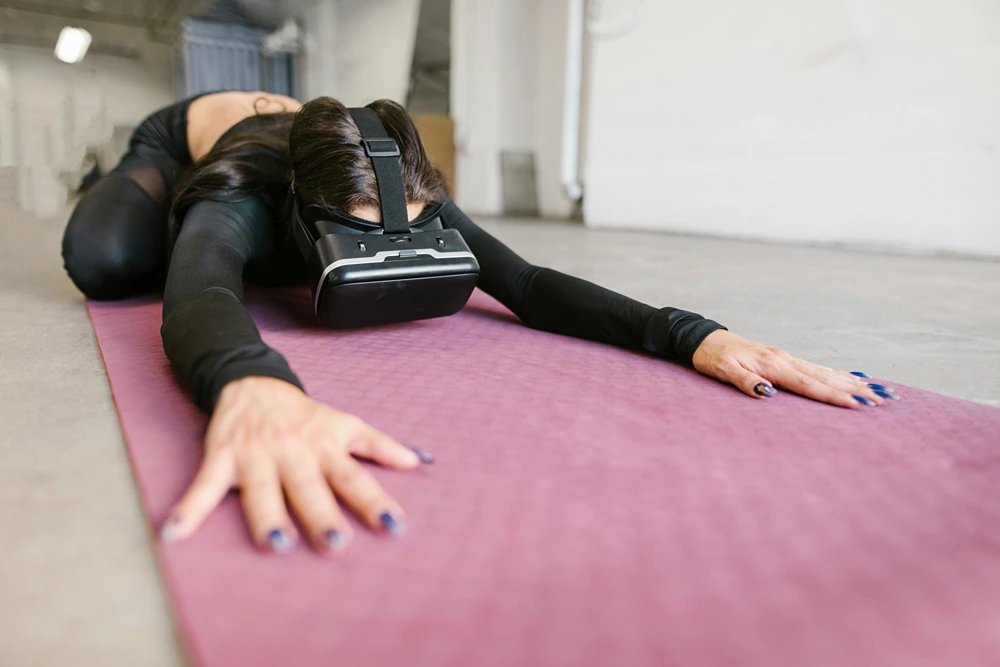6 Ways to Tell if Your Dentist is Child Friendly
Parents can feel overwhelmed when it comes time to take one of their children in for a dental exam or procedure. In their search for a competent, child friendly practitioner, they run into a wall of advertising jargon and promises that are confusing at best.
Just because a practice says that it specializes in treating children of all ages does not necessarily mean the dentists hold the certifications and experience for doing so. Fortunately, there are some tried and true tactics that give parents the power to verify a professional’s qualifications for treating children between the ages of 4 and 17. The wisest approach combines firsthand impressions and online sleuthing.
Moms and dads should at the very least review a practitioner’s specialized training, certifications, and professional affiliations. After that, parents can gain more information by evaluating the practice itself, namely the office environment, by asking targeted questions of the staff during an in-person visit and consultation.
In most cases, the best choice for oral care comes from a professional with experience in the 4-17 age group, has top notch online reviews, and offers flexible financing options. Due diligence is the surest path to finding a provider who can support a child’s dental health with the requisite amount of compassion, skill, and age-appropriate care. Here are details about how to begin the search.
Verify Special Training & Certifications
Step one in finding a practitioner who is skilled in child centered dentistry is to verify their special certifications and training. While general dentists will offer at least a few child-oriented services, experts get formal training far beyond the standard level of education. Parents who confirm credentials minimize the risk of ending up with someone who’s not aware of age-appropriate techniques, preventive strategies, and behavior guidance that’s focused on youngsters.
Besides individual training and certifications, look at professional affiliations and educational fellowships related to pediatric dentistry. They demonstrate a long-term commitment to staying up to date with best practices for children and older teens. Likewise, such affiliations show that the practitioner follows clinical standards and ethical guidelines that give priority to safety, comfort, and appropriate care. Taken as a whole, affiliations, certifications, and special training give moms and dads reassurance that the dentist can manage the particular needs of patients who are still growing into adulthood.
Find Out About Financing Options
A reputable practice will offer flexible financing options that include a transparent dental payment plan so families can get needed care without lengthy delays. Typically, these kinds of plans let your son or daughter start treatment right away while spreading the expense over multiple months with manageable, budget friendly payments. Top notch financing arrangements help parents by splitting large bills into smaller, predictable installments. That makes it easier to budget for routine visits, orthodontic work, or sealants while preserving money for other expenses.
Search for practices that offer plans that are designed with families in mind, including simple applications that don’t affect credit scores. The best plans let parents of prospective patients apply in seconds and get fast decisions. Ask providers for their unique application links or find them online via a quick search. Review terms, interest rates, and payment timelines before making a decision. Financing that’s transparent and patient friendly gives dads and moms the best chance of keeping their kids’ oral health on track.
Read Verifiable Reviews & Ask Friends for Referrals
Verified reviews of a dental practice are worth their weight in gold. Begin with a broad search and then hone in on child specific feedback. Hunt for comments about how staff members communicate with youngsters, control difficult behavior, and how the dentists deal with fearful patients. Make note of common themes in comments that appear across several sources, like the practice’s own site, health directories, Google, and reputable review platforms.
Don’t rely on isolated complaints and anecdotes that appear only once from parents who might have an axe to grind with a particular practice. Try to find the most recent reviews and avoid relying on numerical ratings. Instead, read about people’s experiences with safety, age-appropriate care, and professionalism. Ask friends and family members if they have any direct knowledge of dentists who are good at treating children.
Evaluate the Office Environment
The first step in evaluating a dental office environment for child friendliness is to do a quick scan during a consultation or formal tour of the premises. Look for an organized workspace that is both welcoming and has age-appropriate decor. Check for visible infection control protocols and kid sized waiting spaces. If the place is truly child friendly, staff members will greet youngsters warmly and use language that kids understand. There should be several behavior management options, like reward systems, storytelling, and quiet play areas. Look to see that the dental chairs, toys, and exam rooms are well maintained and clean.
Note whether the waiting rooms are crowded, noisy, or otherwise not hospitable. Likewise, see whether staff members seem impatient, rushed, or disorganized. When you visit, try to see how team members explain procedures to children and deal with anxious children. Make a quick visual assessment of wheelchair accessible entrances and similar features. Ask a staff member how the office works to reduce stress for young patients and whether there are bibs, flavored fluoride, and seat boosters available. Positive care usually starts with a welcoming, safe, and reassuring office environment.
Ask Questions During a Free Consultation
Free consultations can yield a lot of worthwhile information about a practice’s child friendliness. Make a short list before visiting and use it as a conversation roadmap with hygienists, front desk staff, and the dentist. Stick with topics like age-appropriate treatment, behavior management, and similar subjects. Always aim to get full transparency about costs, age-appropriate explanations, and a welcoming attitude from everyone at the practice. Consider asking a version of the following questions:
- What training in child specific care do you have?
- Do you tailor your exams for kids in the 4-17 age bracket?
- What is your policy about cleanings, fluoride use, and sealants for young patients?
- Do you let parents remain in the exam and treatment room during procedures?
- What are your contact options for emergencies, after hours, and regular visits?
- How do you explain costs and treatment plans to parents?
- When treating children, what pain minimization measures do you use?
Check Their Sales Tactics
Whether you’re seeking dental care for yourself or your child, be on the lookout for high pressure sales tactics. They serve as a gigantic red flag for lack of professionalism and poor ethics. A reputable practice offers its clients informed choices, not unnecessary procedures or money making upsells. When evaluating a dentist, beware of pressure to schedule additional treatments, late or hidden cost quotes, and rigid time sensitive offers that limit your ability to make an informed decision. Honest providers will present transparent options, explain risks and benefits, and respect your decisions.
Start by asking for a written treatment plan with commonsense timelines and several alternatives, including less costly options. Then, request a detailed price itemization and pre-authorization for any suggested procedures. Get a second opinion if in doubt about anything. Make note of how staff members answer your questions and take time to think things over after consultations. Don’t sign documents or commit to anything on the spot. If you sense pressure or aggressive tactics, move on and be sure to leave an honest online review about your experience.










